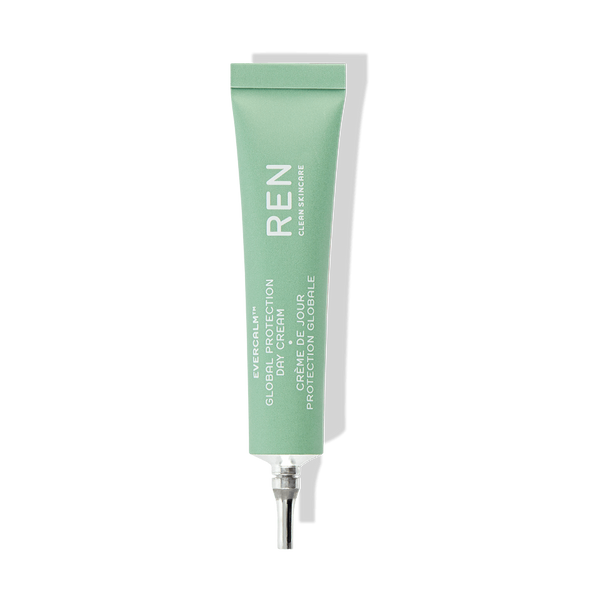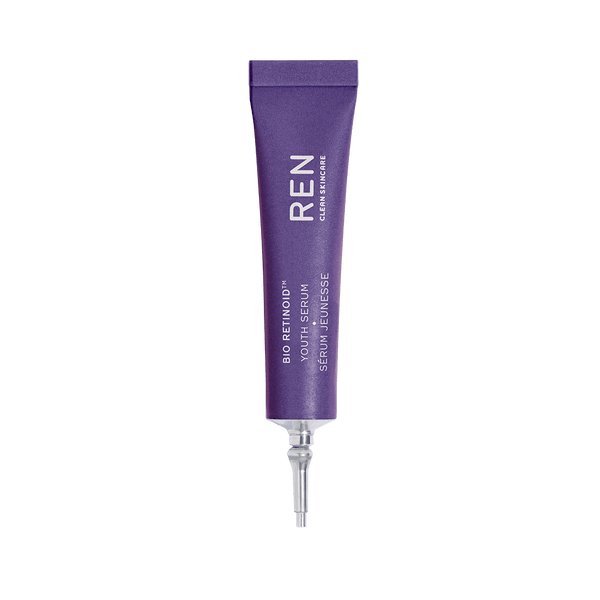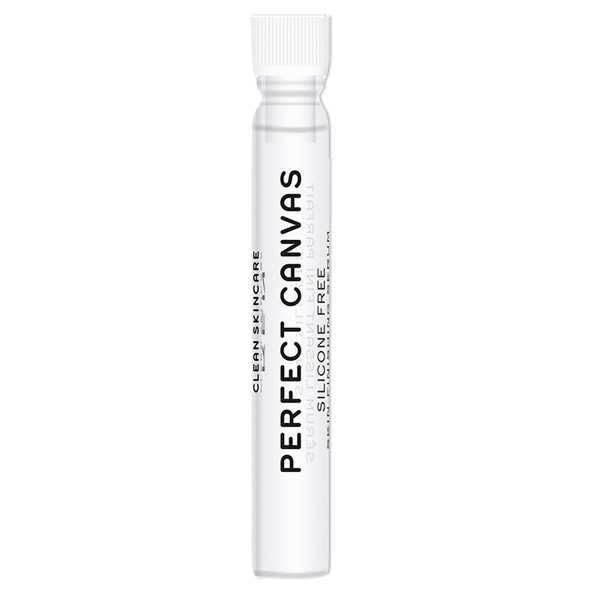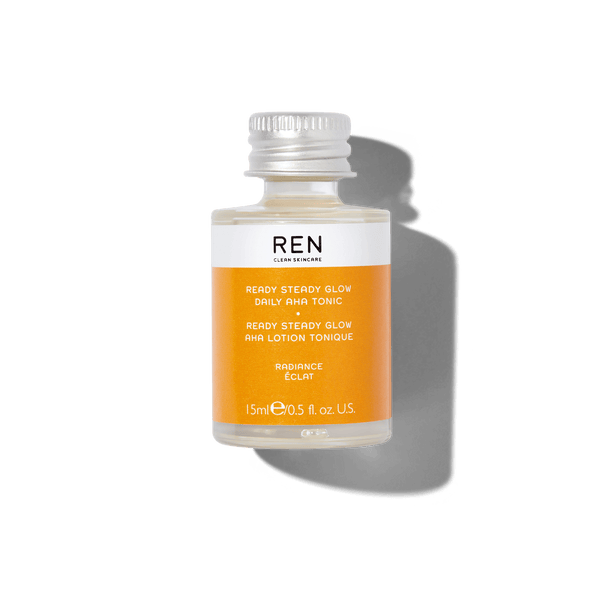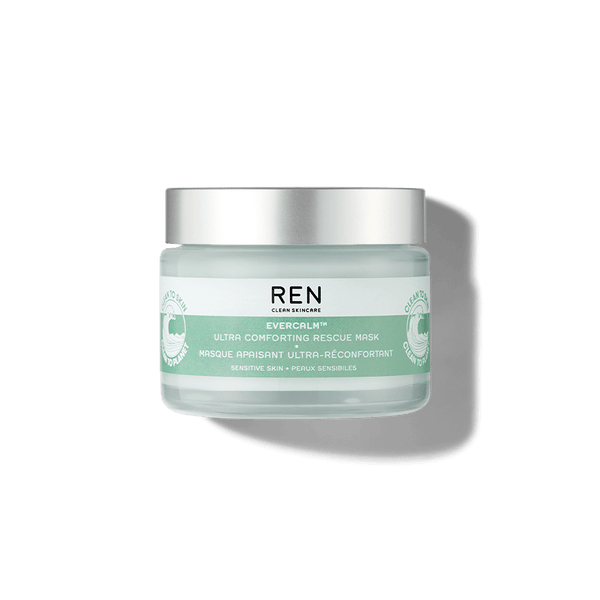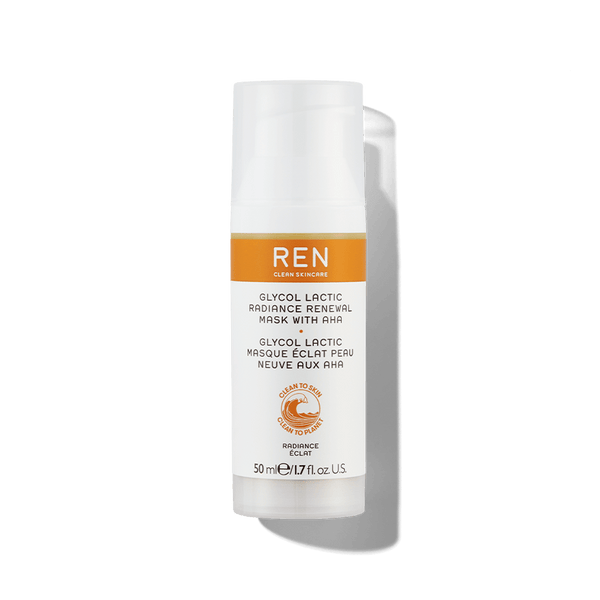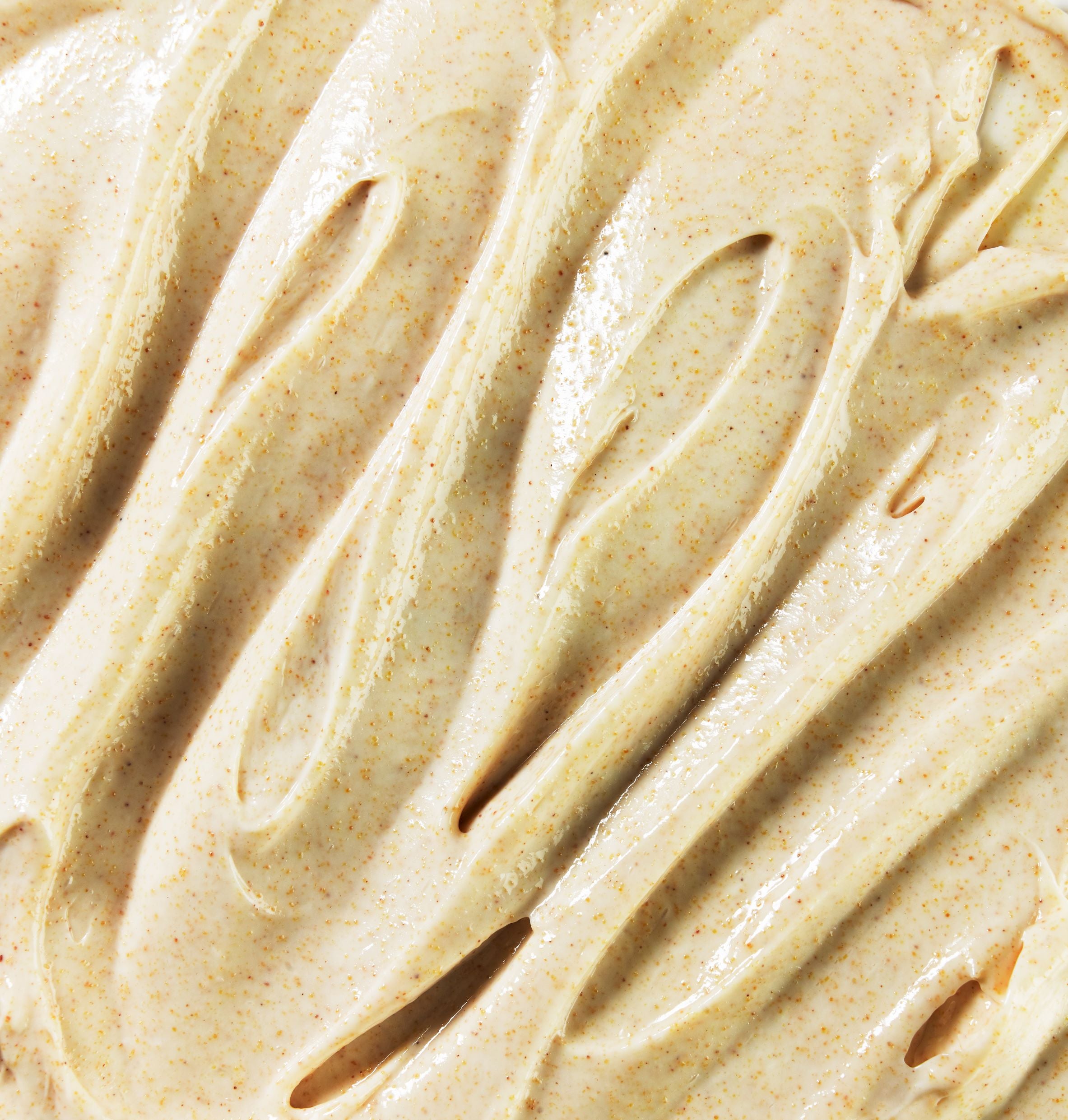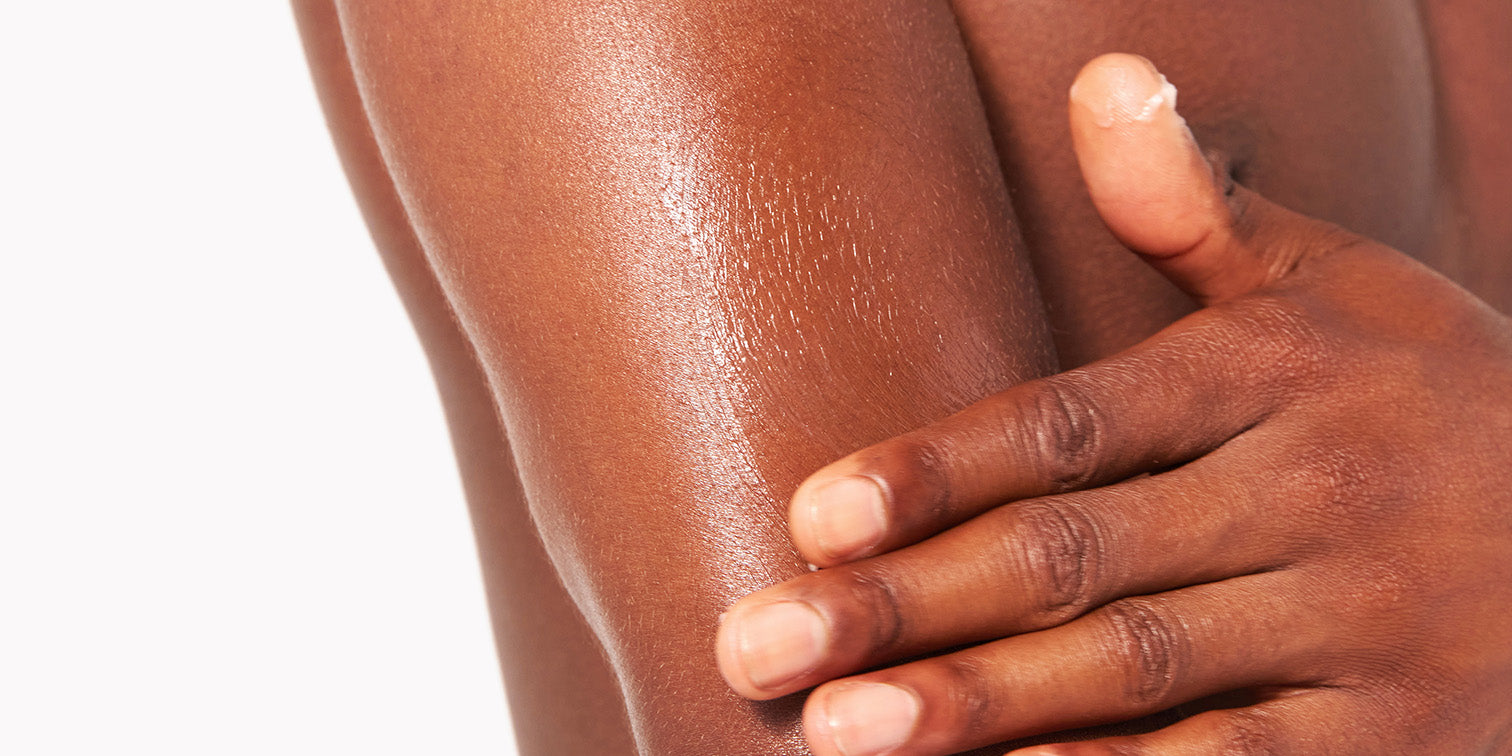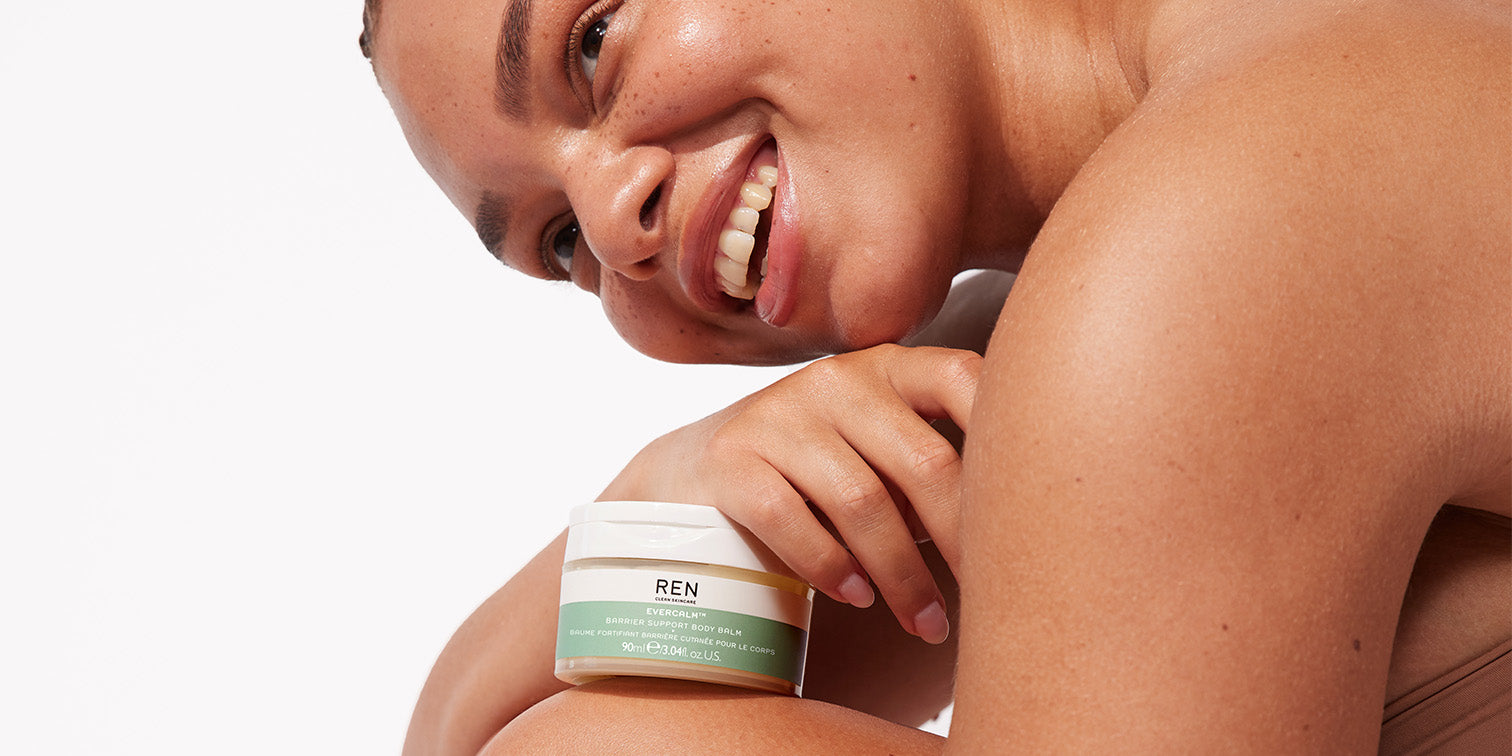What Is Photoaging in Skin Care?

Aging skin is a concern for people at any age, whether they are seeing the signs in the mirror or want to prevent them from setting in. Signs include wrinkles and fine lines, uneven skin tone and texture, and sallowness, to name a few. Our skin can easily give away our age, or make us appear older than we are if we exhibit these signs. While skin aging is a natural result of time, and the skin will naturally undergo many changes, some of these changes are preventable, and while we’ll (hopefully) happily accept our wrinkles later in life, we don’t want them to show up sooner than planned.
One of the biggest causes of premature aging of the skin and one of the easiest to prevent is photoaging. What is photoaged skin exactly? In short, it’s aging caused by UV radiation. If you want to maintain a youthful appearance, it’s important to understand how it works, what you can do to protect your skin, and how to combat any signs of photoaging you may already be exhibiting. Scroll on to learn more.
What Is Photoaging?
Photoaging is the aging of the skin due to damage caused by ultraviolet light, primarily from sunlight. It is responsible for most of the changes you see in your skin over time, especially if you live in a sunnier area and have a paler complexion.
While we all age and show signs of age on our skin year over year, photoaging causes premature aging of the skin. The signs of photoaging include wrinkles, leathery texture, and hyper/hypo-pigmentation, which often start out as fine lines, uneven texture, dullness, and freckles. It’s important to note, however, that photoaging doesn’t only cause visible changes to the skin. It can also lead to skin cancer, so it’s important to understand its causes and the proper methods of prevention.
Causes of Photoaging
Sun damage is responsible for about 90% of photoaging. The sun emits both UVA and UVB rays that are extremely powerful and when they hit the skin, they damage its cells. UVB rays affect the skin anytime you are outside and are what cause the skin to burn, while UVA rays penetrate deep into the skin and can even penetrate glass windows and affect the skin when you’re indoors. This leads to the signs we associate with normal aging, including fine lines, sun spots, uneven skin texture, and loss of bounciness.
UV rays from sunlight are the primary cause of photoaging in the skin, but they aren’t the only cause. Other forms of light, such as infrared light and HEV—high-energy visible light, also referred to as blue light—also cause photoaging. That’s right, the light emitted from your phone and other devices is responsible for some of the effects of photoaging.
How To Protect Your Skin from Photoaging
Because we’re all exposed to sunlight every day (even if it’s through a window or the car) and blue light likely every day, it’s crucial to protect our skin to prevent photoaging. Once photoaging occurs, it’s much more difficult to reverse. The good news is, there are easy and highly-effective ways to protect skin from the sun (the chief concern when it comes to photoaging) and even from blue light to prevent the damage they cause to the skin.
Sunscreen
The best defense against photoaging, which is caused by sunlight and other kinds of light, is a broad-spectrum sunscreen. Many dermatologists tout this as the very best anti-aging skincare product! Look for a physical sunscreen with at least SPF 30 that contains zinc oxide, which protects against UVA rays, UVB rays and free radicals. Clean Screen Mineral Mattifying Face Sunscreen checks these boxes. Our clean sunscreen offers SPF 30 made with 22% zinc oxide or broad-spectrum UVA/UVB protection. Plus, it helps protect from Blue Light as well.
Sunscreen only works, however, if you wear it! It’s important you are applying a sunscreen every day — yes, even when it’s cloudy — and reapply throughout the day, especially if you will be outdoors.
Because you’ll be wearing it every day, it’s important to find a sunscreen you love the look and feel of. Clean Screen’s mattifying formula prevents the dreaded, greasy "SPF" face caused by traditional sunscreens and instead acts as the perfect outer layer base before makeup.
Antioxidants
Our bodies and skin are full of antioxidants, which protect us from all sorts of harmful pathogens to keep us in good health. The antioxidants in our skin are a great defence against photoaging, however, they are also depleted by sun exposure.
The good news is we can bolster our skin’s natural protective mechanism with both topical and oral antioxidants. Vitamins C, E, and A, in particular, could help protect the skin from the sun and its photoaging effects.
Many fruits, vegetables, and other plants are rich in antioxidants, and by eating a diet full of them, you can help support your skin’s health. Additionally, though, you can help protect your skin by applying antioxidants topically. When you use Clean Screen for sun protection, you’ll also gain the added benefit of antioxidants too as it contains Yellow Passion Fruit Seed Extract to boost the skin's internal defense system.
How To Reduce The Signs of Photoaging
Prevention is the best medicine, but if you’re already experiencing the signs of photoaging, you’re probably looking for a way to combat them in addition to preventing further signs. Incorporating the following skincare products, which are designed to reduce the signs of photoaging into your routine can help you to see results.
Retinoids & Retinoid Alternatives
Retinoids and retinoid alternatives are incredible anti-aging ingredients that can help diminish the appearance of fine lines and wrinkles and promote a youthful appearance.
To incorporate retinoids and retinoid alternatives into your routine, we suggest starting with our Bio Retinoid™ Youth Cream, which features a plant-derived alternative to retinol, Bidens Pilosa. It’s a moisturizer you can use both morning and night that is proven to deliver visibly firmer, more supple, and healthier-looking skin after 28 days*.
If you’re battling dry skin, reach for Bio Retinoid™ Youth Concentrate Oil, which is also powered by Bidens Pilosa, as well as organic Rosehip Oil (rich in Omega 3 and 6) to help strengthen the skin's moisture barrier, for firmer-looking skin. The final key ingredient in this hydrating nighttime oil is Sea Buckthorn Oil, which helps nourish, reduce roughness, and combat the dulling effects of dryness or dehydration. Together, this oil is proven to visibly reduce the appearance of fine lines and wrinkles after 28 days*.
When you incorporate one or both of these products into your routine, you will begin to see a healthier and more youthful-looking complexion.
*Proven by a consumer study evaluation on 92 men and women
Moisture
Both of the above products also supply the skin with moisture, which is critical in maintaining a plump complexion and minimizing the appearance of fine lines and wrinkles due to photoaging. One area where many people first begin to notice fine lines and thin skin is around the eyes. With a nourishing eye cream, however, you can help reduce their appearance. Keep Young And Beautiful™ Instant Brightening Beauty Shot Eye Lift is formulated with sodium hyaluronate to help hydrate and smooth wrinkles and fine lines and microalgae to deliver a lifting effect. With regular use, you can reduce the appearance of fine lines and crow's feet.
Vitamin C
Just as antioxidants can help prevent the signs of photoaging, they can also help reduce them. This is one of the many benefits of Vitamin C, in particular. It can restore radiance by brightening dark or brown spots, evening uneven skin tone, and decreasing roughness, all of which are regular side effects of photoaging.
For these reasons, vitamin C should be a regular part of your skincare routine, whether you want to reduce the signs of photoaging or prevent them. One great way to incorporate this powerhouse ingredient into your day is with a serum. Serums are generally packed with more of the active ingredient, which means they can be a bit more potent, and thus, wield great results. Reach for Radiance Perfection Serum after cleansing and toning your skin morning and night to visibly plump, brighten, and even skin tone. Then, follow with the Bio Retinoid Youth moisturizer or oil for even more benefits.
Caring for Photoaging Skin
With proper care and prevention, you can greatly reduce the impact of photoaging for your skin type and maintain a youthful-looking appearance for longer. Take these steps, including wearing sunscreen every day and incorporating antioxidants into your skincare routine and your diet to prevent the signs of photoaging, and reach for a retinoid alternative and vitamin C-containing products, in addition to plenty of moisturizing products to diminish the signs photoaging leaves behind.
Sources:
- https://www.skincancer.org/blog/photoaging-what-you-need-to-know/
- https://www.ncbi.nlm.nih.gov/pmc/articles/PMC3789494/
About the Author
Camille Poggi is a doctor in Pharmacy (PharmD.) and is passionate about skincare and how the skin works in general. She specializes in the cosmetic industry and worked for renowned companies in France like L’Oréal and Chanel before moving to London. After being a training manager for 4 years, Camille is at ease with explaining how products work in the skin and how to adapt her speech according to the audience.
She joined REN in January 2020 as International Training Manager and moved to the Research & Development team earlier this year to be the new Scientific Education Manager. A tailored-made role where she assesses and leads all technical communication and ensures scientific compliance is always met. She’s also involved in new product development from the earliest stages. Finding a way to create sustainable skincare products and making sure the message is properly delivered and understood is definitely a big challenge but also her favorite part working for REN.


